Petrolheads around the world were enthralled by the Lewis Hamilton and Valentino Rossi vehicle swap (which we covered in this post) that took place at Circuit Ricardo Tormo. Disappointingly but unsurprisingly, no significant data emerged that can help answer the question on everyone’s minds. The entire event was a publicity stunt by the beverage company that sponsors both athletes. Judging from the attention it attracted, a very successful one at that. But, it has raised a few interesting points of contention re: F1 vs MotoGP that warrant some exploration and discussion.
Follow Double Apex on Instagram and Facebook where we share more content.
Are F1 Drivers Athletes?
There is no doubt that F1 drivers, or at least today’s drivers, are exceptionally fit and superbly-conditioned. Anybody who has raced any type of car will confirm that this level of elite-athlete fitness and conditioning is a prerequisite to being able to drive current F1 cars. Fighter pilots and astronauts also have to be conditioned to an exceptional level of resilience. The ability to resist high G-forces, high temperatures, high speeds, danger and extreme levels of NVH while performing complex, delicate, skilled tasks, very quickly and precisely, together with being cognitively hyper-active requires an almost superhuman combination of talents.
Click here to read why Hamilton is considered one of the best F1 drivers of all time.
Nevertheless, the physical ability of the astronaut, fighter pilot or, in this case, the F1 driver does not actually contribute to the performance of their vehicle in any way. All that is required is for the driver or pilot to be physically passive and withstand the extreme conditions while going about his complex and busy business of making remarkable decisions and then making unremarkable physical inputs.
Make no mistake. Very, very few people can do this and it does require exceptional talent and training. Being a successful F1 driver is a mental game; a game of skill, knowledge, courage, precision and strategy. But, beyond the conditioning, which many people can achieve with enough hard work, very little physical or athletic talent is required. Think about, Lewis Hamilton cannot turn the steering wheel or operate the pedals any differently than you or I.
Are MotoGP Riders any Different?
Motorcycle racing in all forms requires all the mental, emotional and intellectual skill that F1 drivers have. Riders also have to be conditioned to resist physical conditions which are at least as harsh as those that F1 drivers must withstand.
The difference is that MotoGP riders’ physical inputs are critical to the performance of their vehicles. A rider’s body weight is about 25 per cent of the total mass of the bike/rider combination. The position of the rider’s centre of gravity (COG) can move in six directions in three planes in an infinite set of combinations (forward, backwards, left, right, up and down). This has a profound effect on the behaviour of the vehicle. To make matters more complicated the speed and timing of the rider’s movement is also a key factor. Furthermore, the rider’s COG does not depend on a single body part. The rider’s head, shoulders, hips, arms, legs and feet all can and do move independently and their relative positions influence speed and behaviour of the bike.
The force applied to the handlebars can be forward or backwards on either bar at any time. Or in any combination depending on what the rider wants to achieve. Steering (turning the same way as the corner), counter-steering (turning the other way as the corner), damping (pulling both bars), pitching (pushing both bars). The rate (speed) and force applied have important implications. Weighting the foot pegs, seat and tank using the feet, hips and inside leg respectively, offer another set of complex and critical inputs that can control wheelies, slides, counter-pitch brake forces and alter direction.
All of these exertions have to take place for an extended period and requires a greater level of fitness and ability than simply resisting acceleration, deceleration, lateral forces, NVH and high temperature as is the case with racing drivers.
So, Who is Better?
Which athlete in the F1 vs MotoGP debate is better? Simply put F1 drivers require a skills-set we can name “A”. Moto GP rider need that same skills set, “A” plus an athletic and gymnastic skills set “B”.
Can They Cross Over?
No, they cannot. The know-how and skills set required to excel at both sports are highly specialised and specific. The knowledge training period for a MotoGP rider is about 10 to 15 years and for F1 drivers about 15 years. The peak performance windows are from age 25 to 35, with the exception of a few outliers.
We will thus never see another John Surtees (the only person to win world titles on two- and four-wheels – Ed). But, we do have a few years yet to delight ourselves in the absolute genius of Lewis Hamilton. The amazing athleticism of the undisputed MotoGP GOAT (Greatest of all Time), Valentino Rossi is no longer on display since his retirement.
Editor’s note: Our Double Apex Motorcycles writer has shelves and shelves of plastic trophies won in various meaningless races in silly cars, karts and on various insignificant motorcycles, accumulated over too many years to count… or matter. He also frequents local bars to watch sports with other bikers, collecting worthless opinions and engaging in foolish debates about all things bike. Therefore, he is clearly the most highly qualified person to criticise and comment on the antics of two of the generation’s highest achievers in motorsport in his column F1 vs MotoGP.

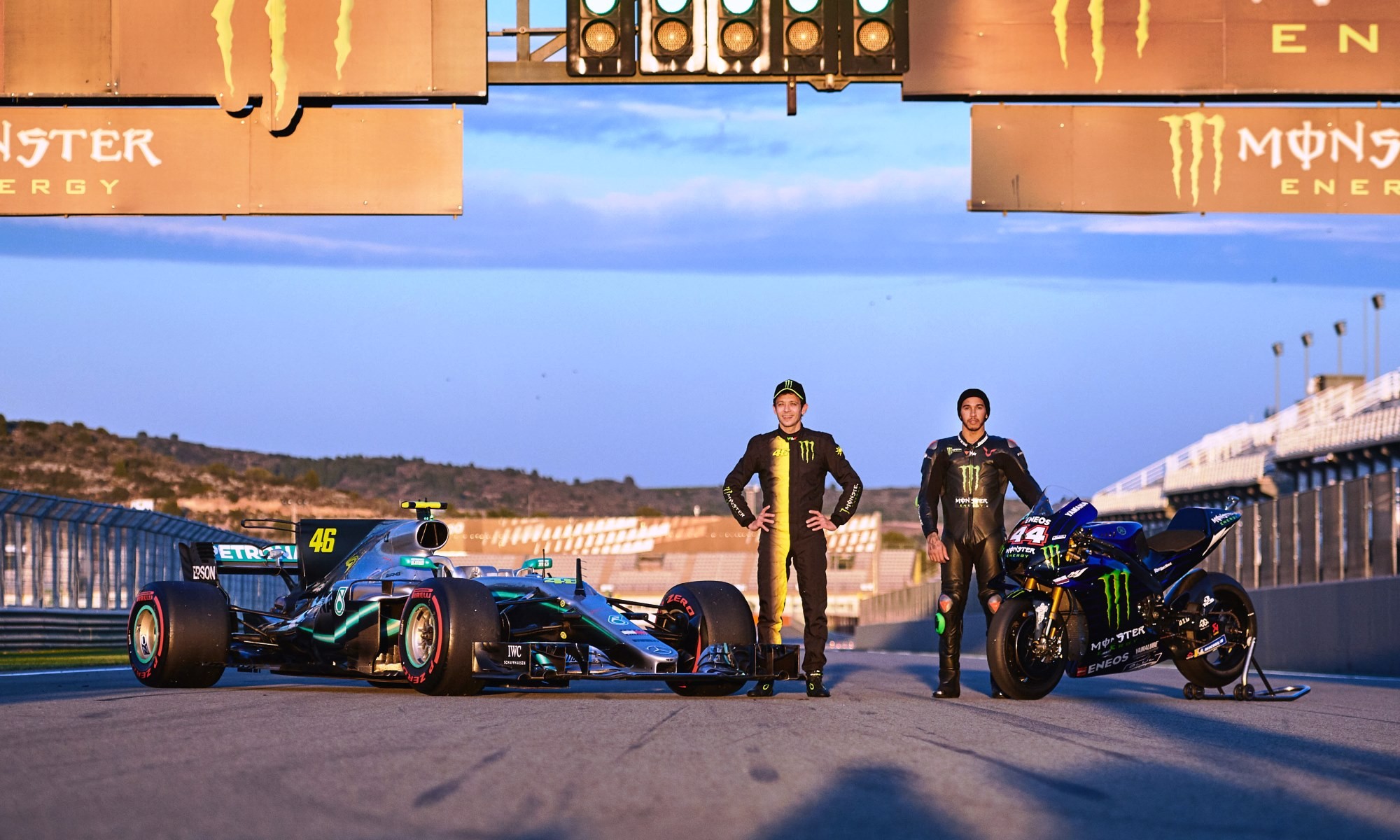


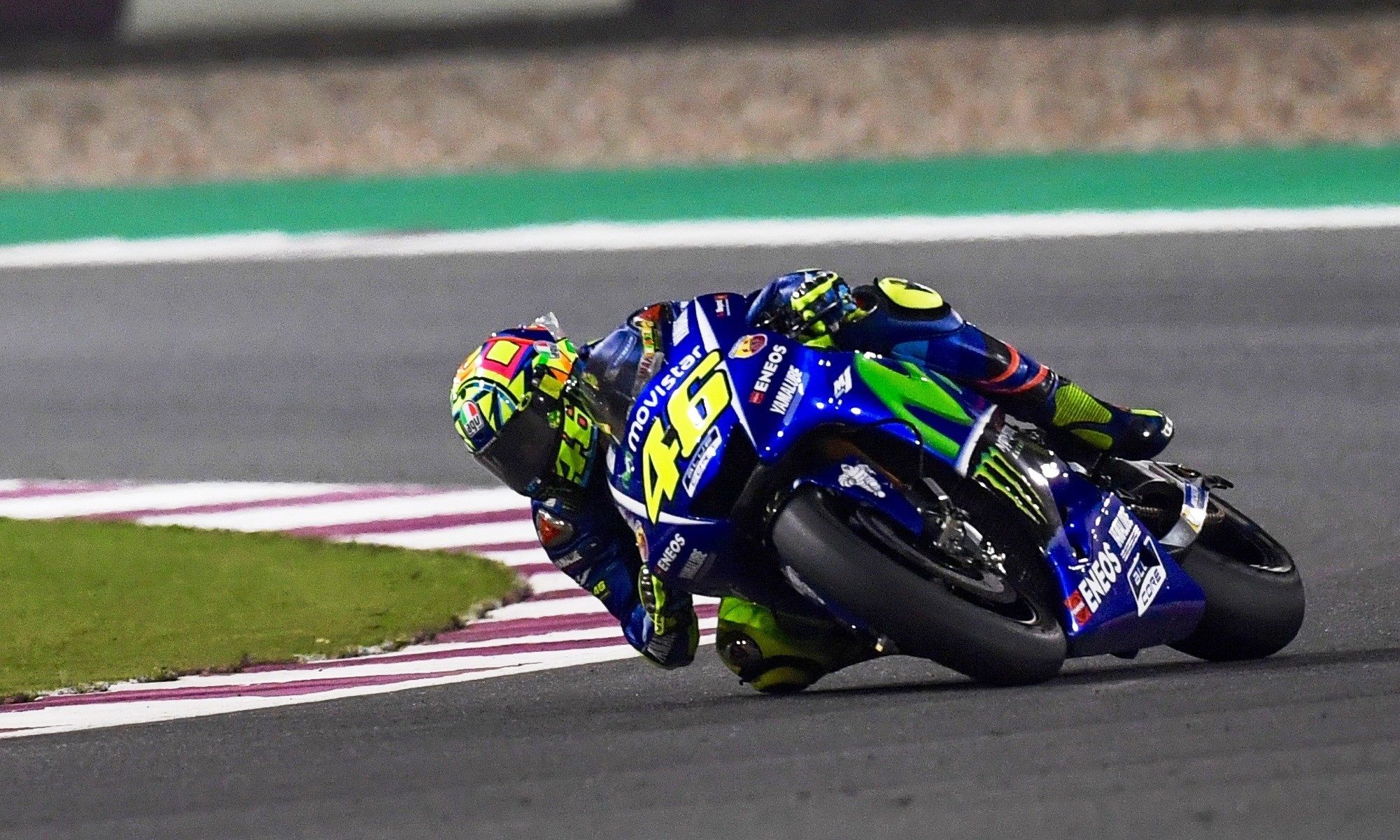

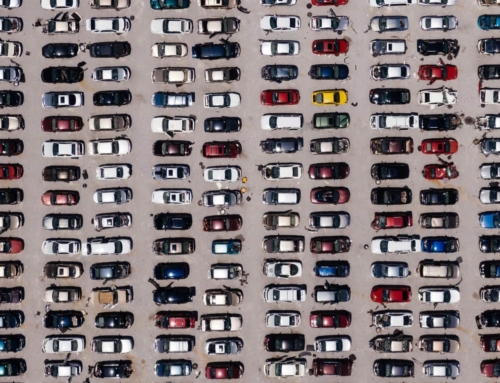
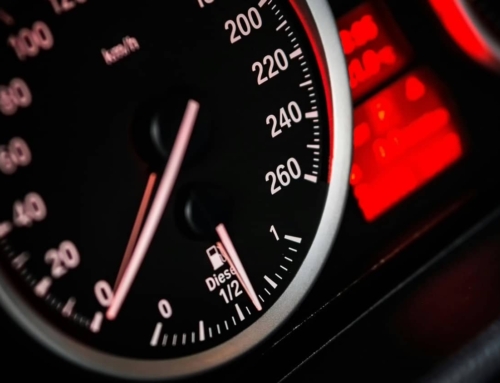
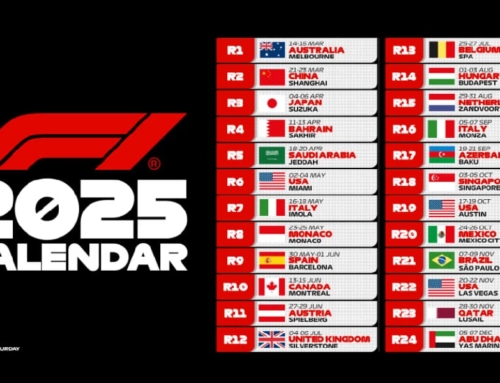
Leave A Comment